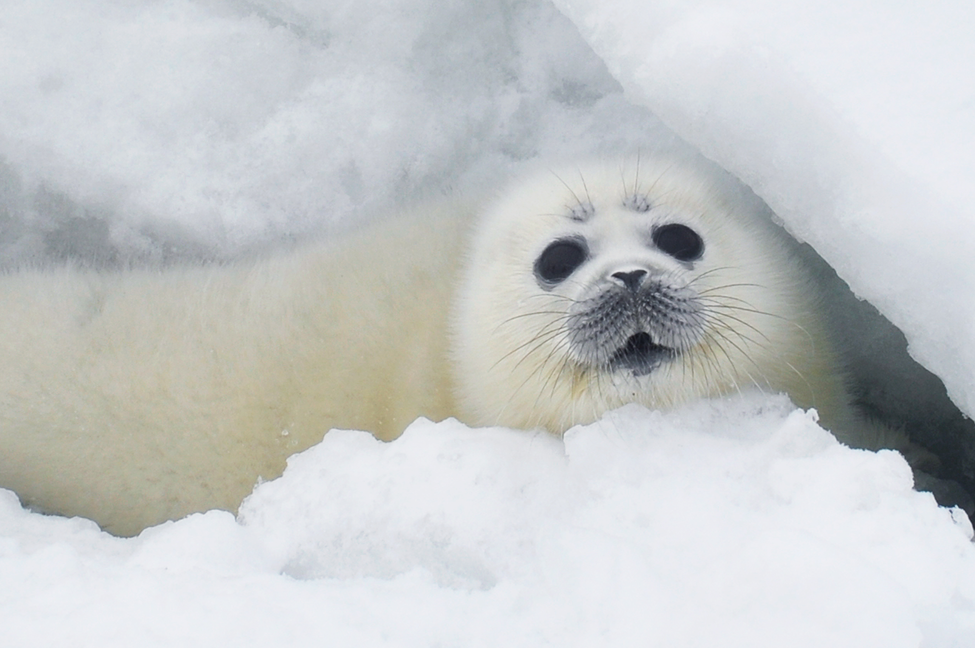The Caspian seal Pusa caspica lives only in the landlocked Caspian Sea in western Asia. Since 2008 it has been categorized as Endangered on the IUCN Red List, having declined by > 70% in the 20th century, primarily as a result of unsustainable hunting for the species’ fur and blubber. On 6 December 2021, the IUCN Task Force on Marine Mammal Protected Areas, a joint task force of the IUCN Species Survival Commission and the World Commission on Protected Areas, announced that three Important Marine Mammal Areas have been identified for the Caspian seal as part of 14 new such areas for the marine mammals of the Black Sea, Turkish Straits and Caspian Sea (see marinemammalhabitat.org/imma-eatlas for further details).
The main threats to Caspian seals stem from human activities, including high rates of seal mortality in fishing gear set for sturgeon poaching, and habitat degradation arising from coastal development. The newly identified Caspian Sea Important Marine Mammal Areas are not protected but are essential habitat for the species. Currently, there are no protected areas designated specifically for the conservation of the Caspian seal that prohibit all forms of economic or industrial activity. It is hoped that this new initiative will stimulate the development of stronger protection for key Caspian seal habitat, including winter breeding ice, migration routes, foraging areas and sites used for haul out on land for resting and moulting. Increasing levels of disturbance have caused Caspian seals to abandon most of their traditional haul-out sites. The formerly large aggregations of the species are now rarely seen.
The Caspian seal was added to the national Red Book of Russia and the List of Rare and Endangered Species of Plants and Animals of Kazakhstan in 2020, making it Red Listed in all five Caspian countries. Following a proposal initiated by the Islamic Republic of Iran, the Caspian seal was added to Appendices I and II of the United Nations Convention on the Conservation of Migratory Species of Wild Animals in 2017.

The Endangered Caspian seal Pusa caspica. Photo: Nataliya Shumeyko.




